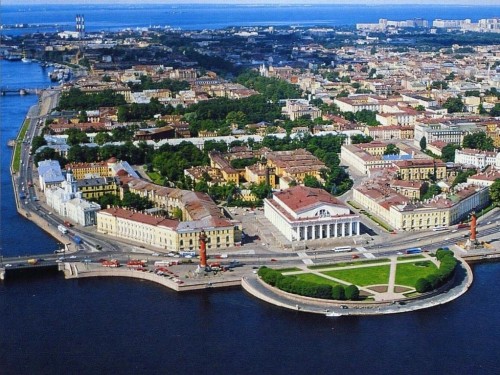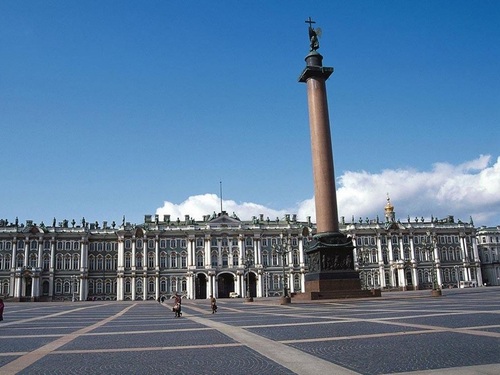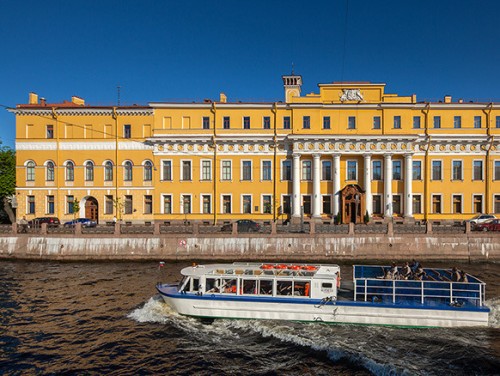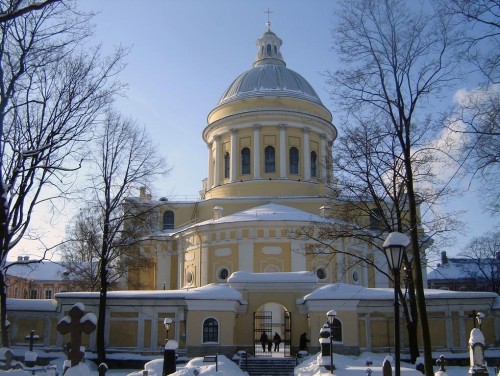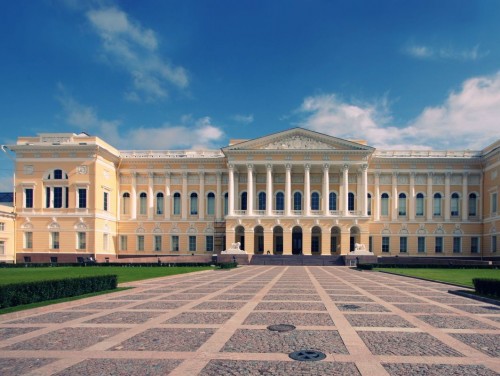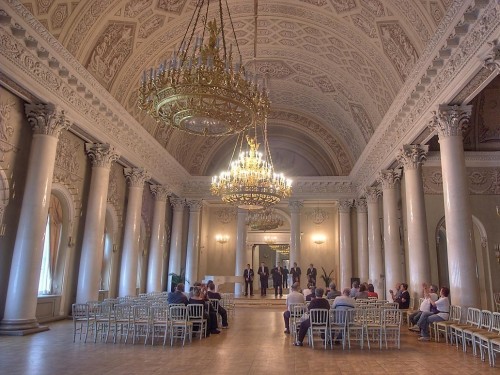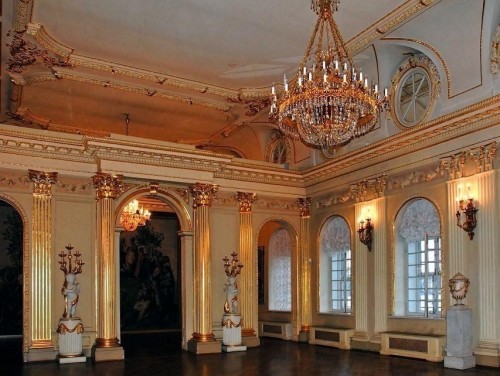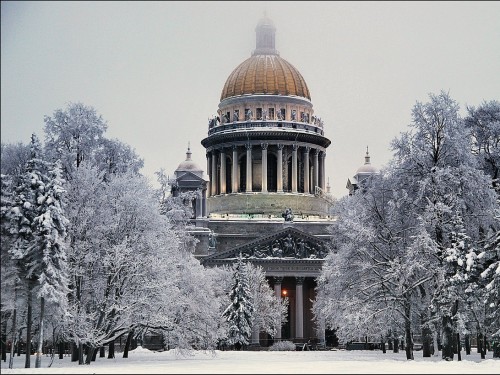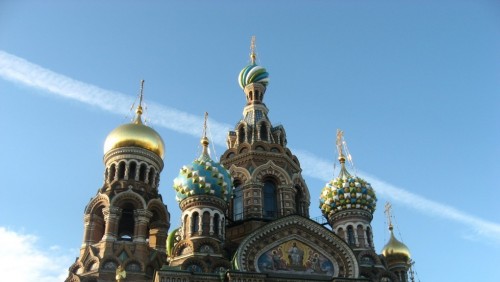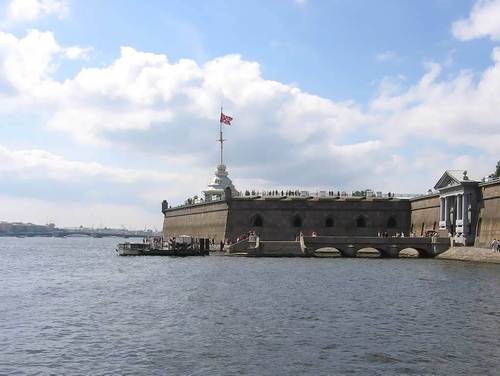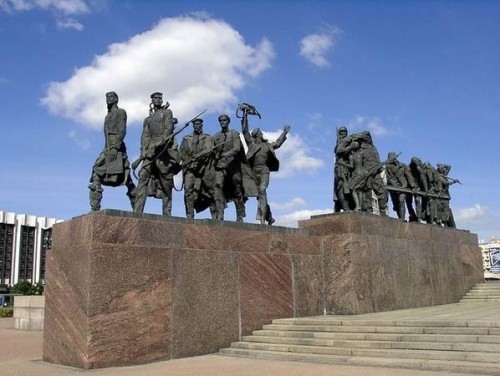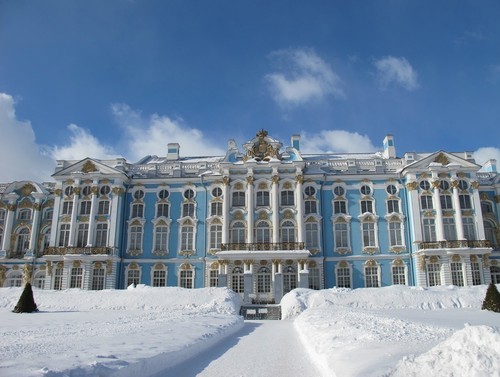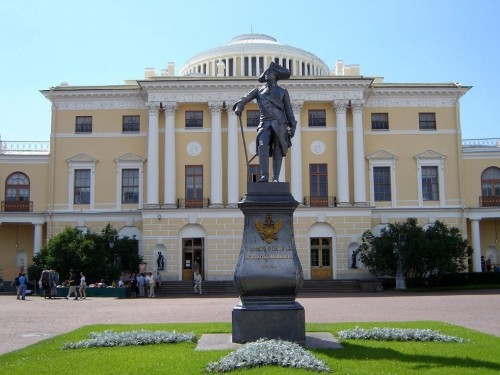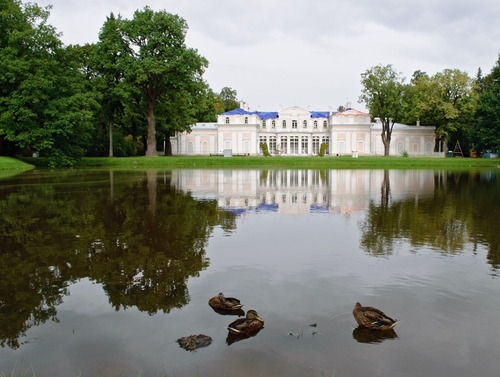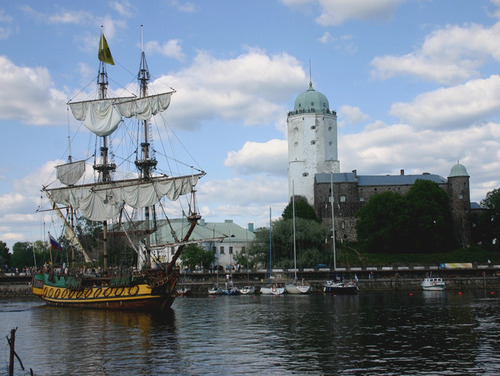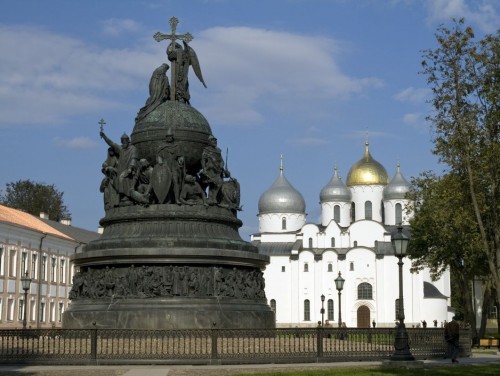Panoramic private city tour offers the chance to explore the very best that Saint Petersburg has to offer in the safety and comfort of a private vehicle with brief photo stops. It is an excellent way to see the world-famous sights and impressive landmarks of this historic city, such as the St. Isaac's Cathedral, the statue of Iron Horseman, the Admiralty, the Winter Palace, the Peter and Paul Fortress, and much more. St. Petersburg sightseeing tour will be followed by a guided visit to the remarkable 18th-century ensemble and an open-air museum of the Peter and Paul Fortress.
- Home
- About us
- Information and Terms
- Contacts
- Foto Gallery
- Excursions in Russia
- Moscow excursions
- Moscow Sightseeing Tour
- Novodevichy Convent
- Boat trip on Moscow River
- Moscow Metro and Old Arbat
- Kremlin territory
- The Armoury Chamber
- State Pushkin Museum
- The State Tretyakov Gallery
- Kolomenskoye Park
- Tsaritsyno Park
- Kuskovo Park
- Zamoskvorechye district
- Peredelkino Dacha
- Sergiev Posad
- New Jerusalem Monastery
- Star City
- Vladimir and Suzdal
- Jasnaja Poljana
- Saint Petersburg excursions
- City Tour Saint Petersburg
- Sightseeing tour St Petersburg
- Canal Cruise St Petersburg
- Alexander Nevsky Monastery
- The State Hermitage Museum
- The State Russian Museum
- Yusupov Palace St Petersburg
- Menshikov Palace St Petersburg
- St Isaacs Cathedral Petersburg
- Church of the Savior on Blood
- Peter and Paul Fortress
- Russian Writers St Petersburg
- The October Revolution
- The siege of 900 days
- Peterhof Palace St Petersburg
- Catherine Palace Park Pushkin
- Pavlovsk Palace St Petersburg
- Moscow excursions
- Adventure and Discovery Tours
- Cycling tour Silver necklace
- Hiking tour Moscow and Elbrus
- Active tour Moscow and Sochi
- Tour around Seliger Lake
- Cycling Tour Russian Capitals
- Active Tour Arkhyz Caucasus
- Explore Sochi in 5 days
- Bike Tour to Mtsensk
- Tour Majestic Lake Baikal
- Tour Altai Golden Mountains
- Tour Altai Lake Teletskoye
- Tour Kamchatka 7 days
- Best Kamchatka Tour 9 Days
- Tour Karelia 6 days
- North Russia Tour
- Winter Tour Karelia Murmansk
- Expedition tour Winter Yakutia
- Winter Tour Lake Baikal
- Discover Karelia in winter
- Northern Lights In Russia
- Tour Winter in Kazan
- Tour Kuril Islands Sakhalin
- Kuril Iturup Kunashir Sakhalin
- Cycling Tour Golden Ring
- River Cruises in Russia
- Classical Tours in Russia
- Golden Ring Russia 10 cities
- Small Golden Ring tour
- Winter Golden Ring Tour
- Grand Golden Ring 7 days
- Irkutsk one day at Lake Baikal
- Pearls of Tatarstan region
- Walking Tour Saint Petersburg
- Visit Yaroslavl Russia
- Tour Siberia and St Petersburg
- Tour Imperial Saint Petersburg
- Walking Tour Moscow
- Weekend in Saint Petersburg
- Moscow St Petersburg Deluxe
- Tour Moscow Saint Petersburg
- Tour Moscow and Yaroslavl
- Silver Ring Russia
- Thematic Tours in Russia
- St Petersburg architecture
- Literary Tour Moscow Tolstoy
- Musical Tour Russia
- Gastronomic Tour Around Moscow
- Russian Ballet Tour
- Moscow Architecture Tour
- Moscow of Alexander Pushkin
- Saint Petersburg of Dostoevsky
- Gastronomic Tour Lake Baikal
- Gastronomic Tour Caucasus
- Pilgrimage Tour Moscow region
- Peter the Great Tour
- Tour Russia The Emperors Route
- Tour Russia Ivan The Terrible
- Tatarstan Mariy El Chuvashiy
- Agricultural tourism Russia
- Tour Great Russian Writers
- Ecotourism Russia Moscow
- Ecological Tour Golden Ring
- Trans Siberian Railway Tours



